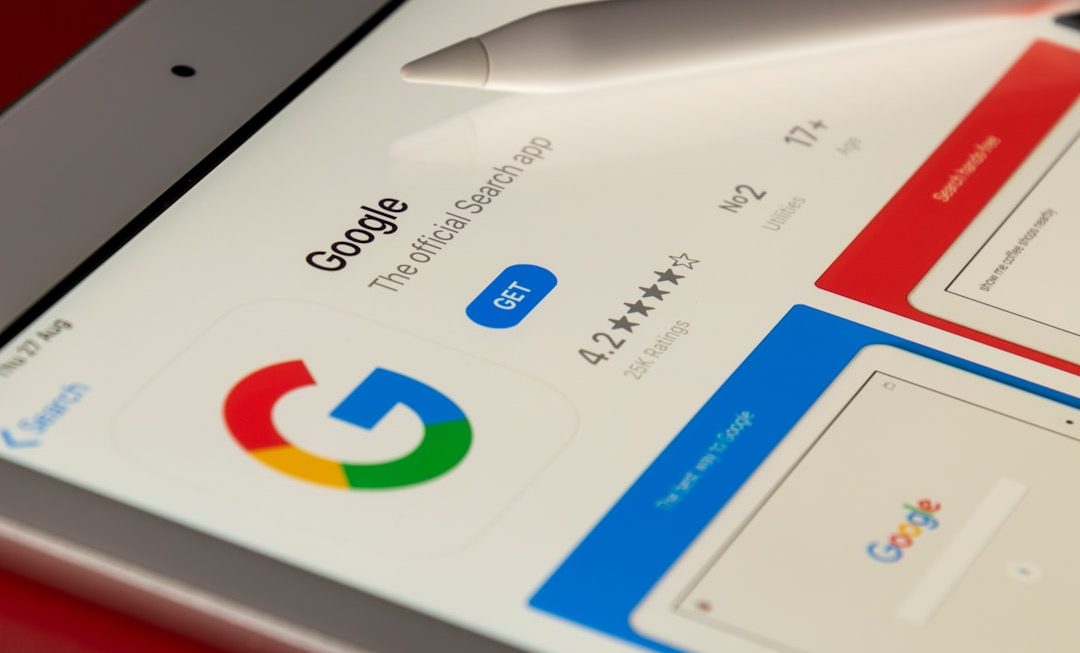Organizations and developers worldwide are embracing the capabilities of OpenAI’s ChatGPT API to build intelligent assistants, automate workflows, and enhance user experiences. However, as usage scales, so do operational costs. For many teams, managing these expenses without sacrificing performance can be a delicate balance. Learning to optimize ChatGPT API usage is essential to maintain efficiency, quality, and affordability in the long run.
Understanding ChatGPT API Cost Structures
Before diving into optimization strategies, it’s important to understand what contributes to your ChatGPT API costs. OpenAI charges based on the number of tokens processed during interactions. Tokens represent chunks of text, and every prompt and response contributes to that total. While the actual cost per 1,000 tokens may seem minimal, high-volume applications can rack up expenses quickly.
Key cost drivers include:
- Prompt and completion length: Longer inputs and responses use more tokens.
- Model selection: More capable models like gpt-4 are significantly more expensive per token than models like gpt-3.5-turbo.
- Frequency of requests: Frequently hitting the API with repetitive or unnecessary queries adds up quickly.
Effective Strategies to Reduce API Costs
There are multiple practical approaches to reduce your ChatGPT spending while maintaining or even improving your application’s performance and efficiency.
1. Choose the Right Model for Your Use Case
Not all models are created equal, and not all tasks require the most powerful model available. If you’re using GPT-4 but don’t need its full capabilities, consider switching to gpt-3.5-turbo. The latter costs significantly less per 1,000 tokens and is sufficient for many customer support interactions, basic queries, and content generation tasks.
Tip: Test your tasks with multiple models using sample datasets to compare performance before committing to a more expensive option.
2. Optimize Prompt Design
Efficient prompt engineering plays a crucial role in controlling token usage. Prompts should be concise, precise, and tailored for the task at hand. Including unnecessary background information or verbose instructions increases token count without improving output quality.
Consider these approaches:
- Use structured, templated prompts to minimize variability.
- Remove redundant words, filler phrases, and extensive preambles.
- Keep instructions clear but brief. Make use of formatted input like JSON where possible.

3. Trim and Cap Responses
By setting a max_tokens parameter when making API calls, you can control the length of the output. This is especially useful when generating summaries, responses to user questions, or short-form content. You can even add constraints within the prompt encouraging short answers, such as “Respond in under 100 words.”
Bonus: Shorter outputs not only save money—they also often help users more effectively by reducing cognitive load.
4. Use Conversation Memory Wisely
In applications where the conversation context builds up over multiple turns (like chat interfaces), be cautious about how much past dialogue is passed back in each API call. Including extensive history in each prompt dramatically increases token usage.
Consider these best practices:
- Summarize older messages instead of repeating them verbatim.
- Include only the last few interactions when possible.
- Fine-tune your summarization to maintain context with fewer tokens.
5. Batch Requests and Preprocess Data
If you are running inference on a large set of data, consider preprocessing or batching your inputs. For instance, you can combine multiple questions or prompts into a single API request (when logical) to reduce the total number of calls and gain economies of scale.

6. Implement Caching
Many use cases involve repetitive or similar queries. By caching API responses for common requests, you can reduce the need to send the same prompt repeatedly. Implementing a smart caching layer can significantly lower both costs and latency.
Popular caching options include:
- In-memory cache (e.g., Redis, Memcached) for frequently asked queries.
- Local storage or databases for persistent reuse across sessions.
7. Monitor and Analyze API Usage
You can’t optimize what you don’t measure. OpenAI provides usage analytics via their dashboard and API logs. Track how many tokens you’re consuming over time, which endpoints are the costliest, and which use cases are the most frequent.
Suggestions:
- Set internal alerts when usage spikes beyond thresholds.
- Regularly audit your API logs to identify inefficiencies.
- Segment your usage by feature or endpoint for better attribution.
When to Consider Fine-Tuning
Although fine-tuning a model can have upfront costs, it may pay off in the long term for high-volume applications. A well-tuned model can achieve desired outputs with shorter prompts and fewer iterations, potentially reducing total token count per interaction.
Fine-tuning makes the most sense when:
- You perform the same task repeatedly.
- You need highly specific or brand-aligned responses.
- Your prompts are becoming too long or complex to maintain.
Leverage Function Calling and Tools
OpenAI’s new function calling feature in models like gpt-4 and gpt-3.5-turbo enables developers to create structured outputs by passing functions in their API call configurations. These mechanisms can avoid lengthy outputs and reduce natural language parsing needs, reducing token count indirectly.
Use function calling when:
- Integrating ChatGPT into applications where data structure matters (e.g., filling forms or triggering backend logic).
- Output consistency and format are essential to avoid parsing overheads.
Conclusion
Reducing API costs while delivering high-quality performance is a matter of strategic planning and conscious implementation. By choosing the appropriate models, writing efficient prompts, managing memory smartly, leveraging caching, and monitoring usage consistently, organizations can significantly cut expenses. The key is to strike a balance between cost-efficiency and functionality by adjusting parameters and optimizing workflows over time.
Frequently Asked Questions (FAQ)
- Can I reduce ChatGPT costs without sacrificing quality?
- Yes, with effective prompt optimization, model selection, and caching strategies, you can maintain high-quality interactions at a lower cost.
- Which model is best for budget-conscious projects?
- gpt-3.5-turbo is often the most cost-effective for many applications, offering solid performance at a fraction of the price of GPT-4.
- How can I track token usage?
- OpenAI provides dashboards and APIs to view usage by time period, model, and project. Use these tools to identify opportunities to cut costs.
- Does fine-tuning always save money?
- Not always. Fine-tuning has upfront costs and should only be considered if you have repetitive use cases where reduced prompt size leads to ongoing savings.
- Is using summaries instead of full conversation history really effective?
- Yes, summarizing previous messages greatly reduces token usage and is effective in maintaining necessary context for most conversations.




